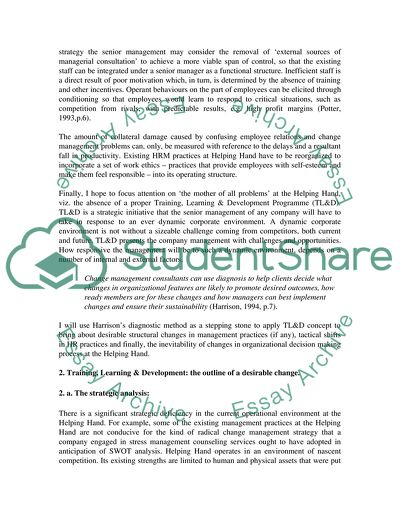Cite this document
(Increasing the Current Level of Investment in TL&D for Helping Hands Case Study, n.d.)
Increasing the Current Level of Investment in TL&D for Helping Hands Case Study. Retrieved from https://studentshare.org/finance-accounting/1546411-training-learning-development-helping-hands-case-study
Increasing the Current Level of Investment in TL&D for Helping Hands Case Study. Retrieved from https://studentshare.org/finance-accounting/1546411-training-learning-development-helping-hands-case-study
(Increasing the Current Level of Investment in TL&D for Helping Hands Case Study)
Increasing the Current Level of Investment in TL&D for Helping Hands Case Study. https://studentshare.org/finance-accounting/1546411-training-learning-development-helping-hands-case-study.
Increasing the Current Level of Investment in TL&D for Helping Hands Case Study. https://studentshare.org/finance-accounting/1546411-training-learning-development-helping-hands-case-study.
“Increasing the Current Level of Investment in TL&D for Helping Hands Case Study”. https://studentshare.org/finance-accounting/1546411-training-learning-development-helping-hands-case-study.


